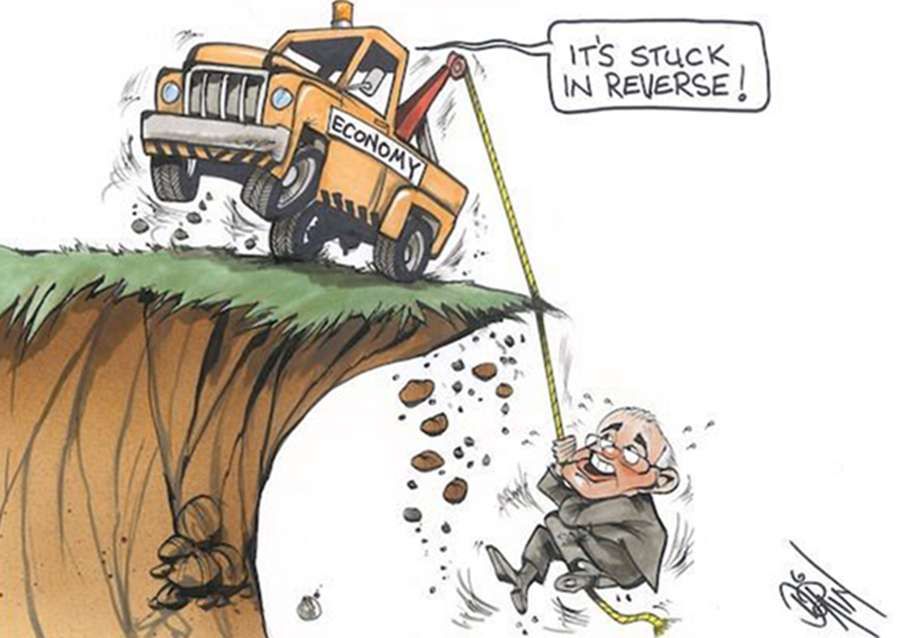Contributed by Joe Montero
Reports are the government has reacted favourably to a joint call by peak business organisations, to make it easier to use JobKeeper to change hours of work (up to 60 percent), duties, and location of work.
This had already been allowed by the Fair Work Commission. The government had allowed it, by changing the Fair Work Act back in April. Now it is going to be codified in a new law, if the bill to be presented before parliament by Industrial Relations Minister Christian Porter gets through.

JobKeeper payments are already going to be being reduced from $1,500 a fortnight to $1.200 on 28 September,, This is the the first step towards its abolition in March next year. The cut to those working less than 20 hours a week, a large part of those in the casualised work force, is going to be even bigger.
The only restriction in the proposed bill, is that only employers experiencing a turnover fall of at least 10 percent will be able to use the new powers.
This is being presented as a positive move in the direction of a fairer system. But this is an interpretation that overlooks the fact that creative accountancy makes it easy to falsely present this on paper. This is a practice already in use,
Employers using JobKeeper will maintain authority to force employees to take annual leave.
The ultimate purpose is to create a greater gateway to what is termed labour market flexibility. This means greater freedom for employers to arbitrarily reduce wages, change working hours, and ultimately hire and fire at will. The JobKeeper changes are designed to help pave the way for this scenario post Covid-19.
Increasing labour flexibility has long stopped he Coalitionn and its big business backers’ wish list, and the changes are a return to the past policy.

There are solid grounds to be concerned over the new measures being used to set a precedent, to be later used more widely. The fact that the JobKeeper provisions are time limited does not change this.
Businesses not using JobKeeper will retain the power to cut ordinary hours by up to 40 percent. This part of the story is not widely understood.
Because the greater flexibility on imposing the number of hours worked comes along with maintaining the same pay day amount, increasing hours means, a reduction in the hourly pay rate. This is a wage cut by the back door.
Innes Wilcox who is the CEO of the Australian Industry Group and among the employer groups calling for the change (along with the Australian Chamber of Commerce and Industry, and the Business Council of Australia), has come out and insisted that the new advantages must be rolled out to employers not involved in JobKeeper.
The main argument used for this sort of labour flexibility is that it will keep business going and therefore create new jobs. But there is no correlation between improving the bottom line for employers and the creation of new jobs.
Job creation is dependent on the on the demand for labour and not on wage rates. Demand for labour in its turn, depends on the volume of business and in the way the combination of technology and human beings are used.
Falling economic growth and the stagnant wages share of national income mean a declining market, and the replacement of people by technology means less demand for labour. Cutting wages will not result in the creation of new jobs.
It will, however, usher in greater inequality into Australian society. It will push up the proportion of the workforce forced into part time and irregular work. It will cement in a greater use of a source of cheap labour to pull down all wages. And it will be only those at the top of the economic pie that will benefit.


Be the first to comment on "Intended JobKeeper changes a Trojan Horse to pull down wages and conditions"